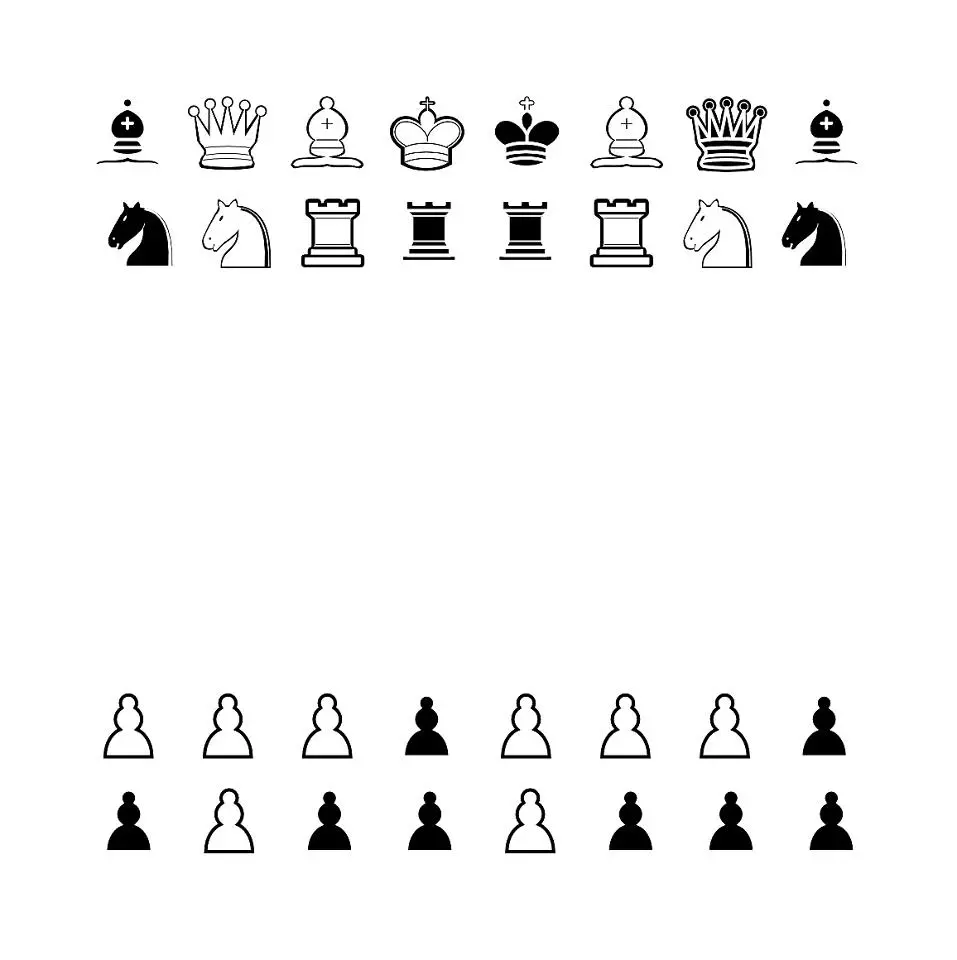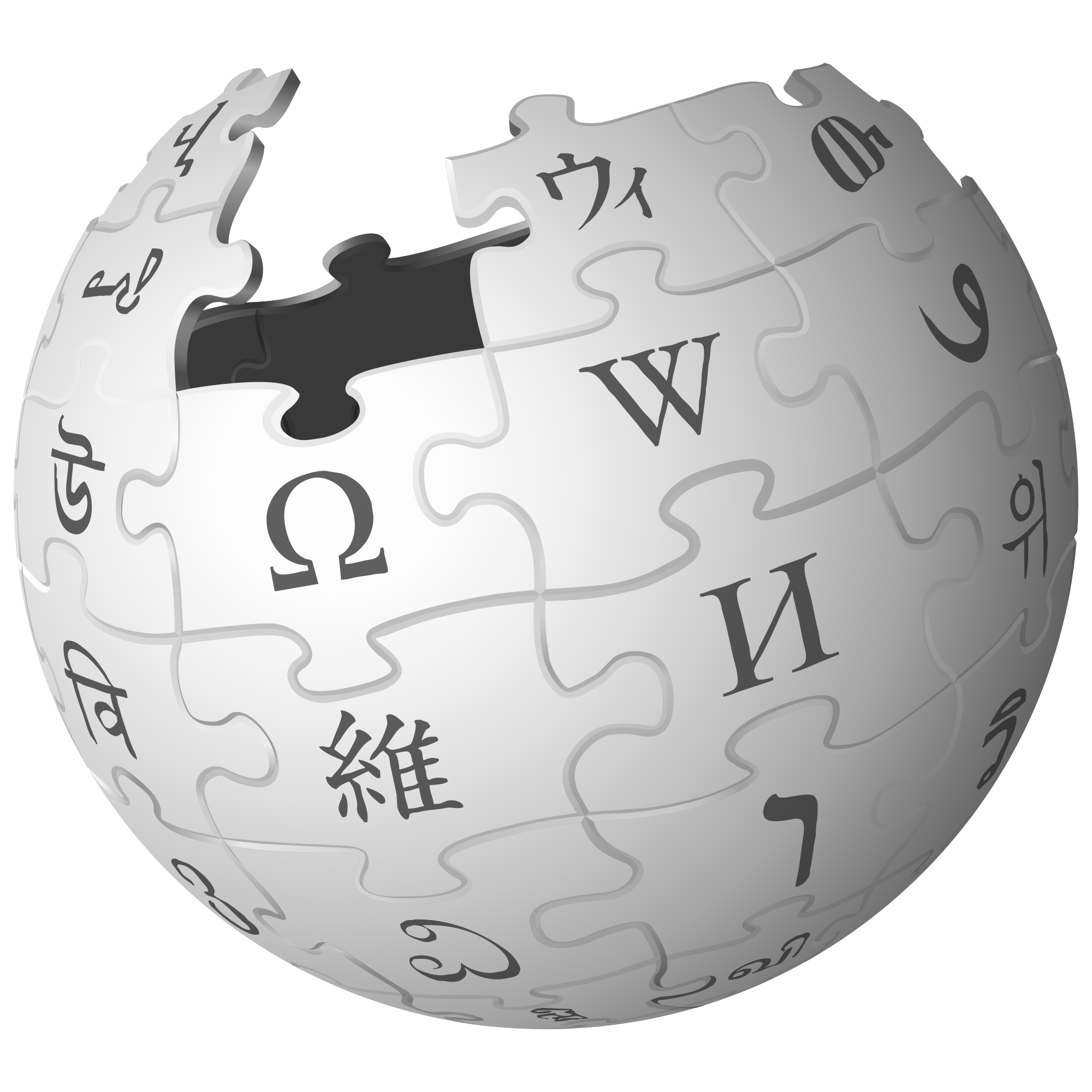Horse
Horses are used to measure distances in horse racing – a horse length (shortened to merely a length when the context makes it obvious) equals roughly 8 feet or 2.4 metres. Shorter distances are measured in fractions of a horse length; also common are measurements of a full or fraction of a head, a neck, or a nose.
Morgen
A morgen (“morning” in Dutch and German) was approximately the amount of land tillable by one man behind an ox in the morning hours of a day. This was an official unit of measurement in South Africa until the 1970s, and was defined in November 2007 by the South African Law Society as having a conversion factor of 1 morgen = 0.856532 hectares.
Moment
A moment was a medieval unit of time. The movement of a shadow on a sundial covered 40 moments in a solar hour. An hour in this case meant one twelfth of the period between sunrise and sunset. The length of a solar hour depended on the length of the day, which in turn varied with the season, so the length of a moment in modern seconds was not fixed, but on average, a moment corresponded to 90 seconds.
Cow’s grass
In Ireland, before the 19th century, a “cow’s grass” was a measurement used by farmers to indicate the size of their fields. A cow’s grass was equal to the amount of land that could produce enough grass to support a cow.
Micromort
A micromort is a unit of risk measuring a one-in-a-million probability of death (from micro- and mortality). Micromorts can be used to measure riskiness of various day-to-day activities. A microprobability is a one-in-a million chance of some event; thus a micromort is the microprobability of death. For example, smoking 1.4 cigarettes increases one’s death risk by one micromort, as does traveling 370 km (230 miles) by car.
Wasn’t the nanoDijkstra the unit for measuring arrogance?
( 'tis what I’d read, anyways )
https://en.wikipedia.org/wiki/Dijkstra's_algorithm
gives you some idea of whom he were.


